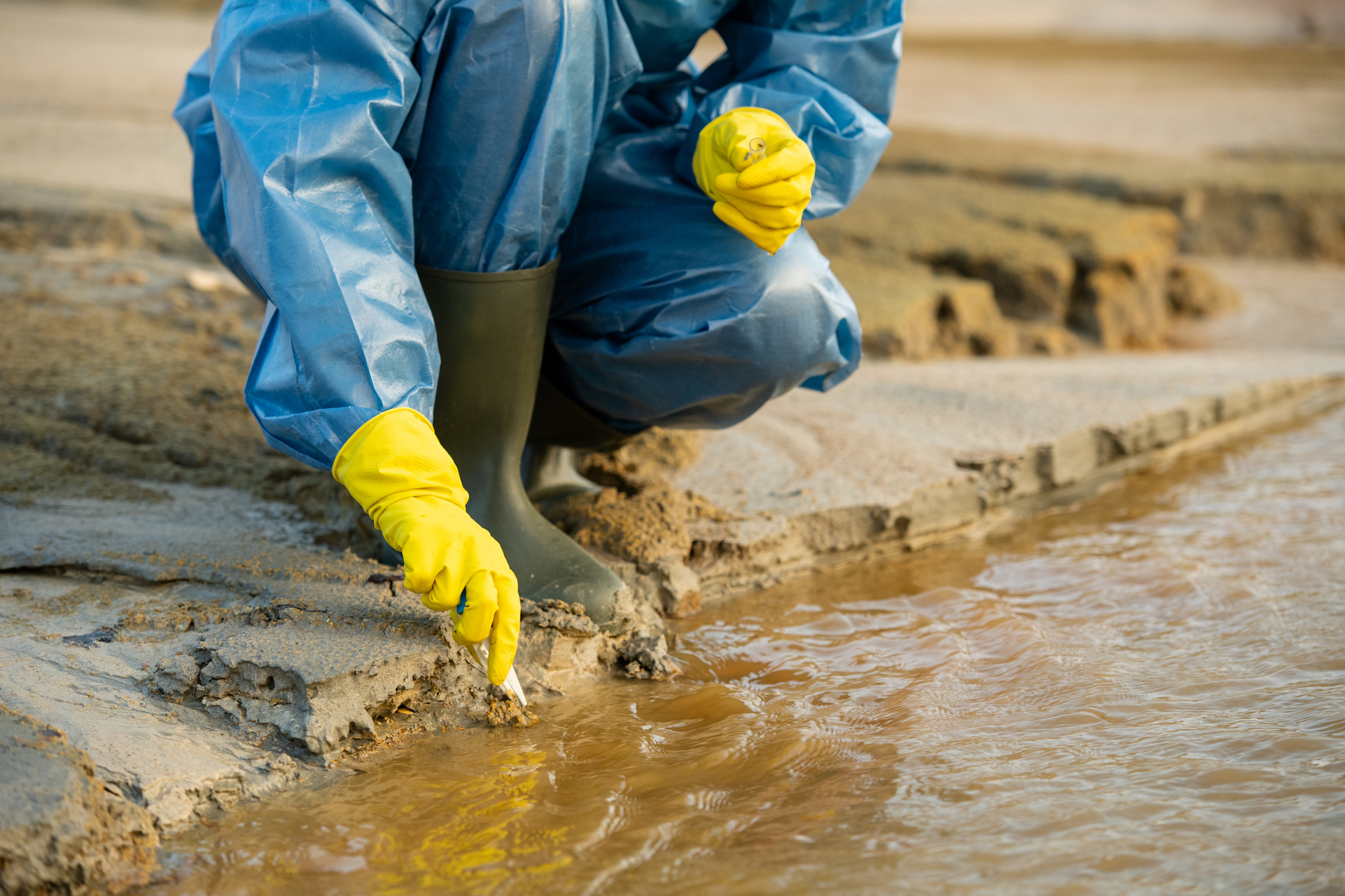
We all know that dirty water is bad and no one wants to drink it, but why exactly is dirty water so bad? Dirty water can be dangerous, not just for humans who drink it, but the ecosystems that are affected. Dirty water is placed into three categories according to how unsafe and unsanitary it is. Let’s learn a little more about each category and why dirty water is so harmful to all of us.
Categories of Dirty Water
Category 1 water is the least harmful of the three levels of contaminated water. Exposure to this level of water typically does not lead to substantial harm because it is water that overflows from a clean source. It becomes unsanitary depending on the surfaces it touches when it overflows. Category 2 water, often called gray water and a by-product of industrial wastewater, is contaminated by chemicals and/or bacteria and mold. It may overflow from machines and it can pose health risks if exposure occurs. Category 3 water is the most harmful water and is also called black water. It has harmful bacteria in it that can cause diseases, severe health conditions, and death. This water can come from flooding or sewage back-ups.
The Dangers of Dirty Water
If drinking water is contaminated, it puts individuals at risk of developing illnesses like dysentery, diarrhea, cholera, and Hepatitis A. Upwards of 829,000 people die each year after contracting a disease from unsafe drinking water.
Not only is dirty water bad for humans, especially for at-risk populations like children and pregnant women, but it’s hard on the environment. A healthy ecosystem relies on each organism in the chain—including not just plants and animals, but bacteria and fungi, too. If part of that chain dies off, everything is thrown out of balance. When contaminated water is dumped directly into bodies of water or runoff water enters these bodies of water, it can wreak havoc on the ecosystem. In both fresh and sea water, an increase in specific nutrients from contaminated water can prompt an algal bloom—therefore depleting oxygen supplies. This oxygen is necessary for plant life and aquatic life. Without this oxygen, you may find dead zones in the water. The most harmful algal blooms can even affect the fish, whales, and sea turtles.
When companies dump their industrial and municipal wastewater, they introduce harmful chemicals into the water. The aquatic life suffers a few different ways. The municipal or industrial wastewater can reduce the lifespan of an aquatic animal, and it can also diminish its ability to reproduce. When contaminated fish are eaten by fish higher in the food chain, such as tuna, humans eventually consume these toxins too.
Industrial Wastewater
With safety practices in place, we can prevent contaminated water. Think twice before you dump your wastewater. Clean and treat your water before you dump it with industrial wastewater equipment like the Full Circle Water filter press.